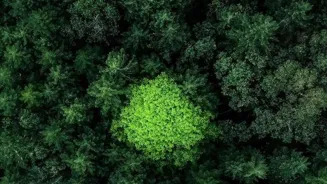Harnessing Technology for Environmental Conservation in India: A New Era**
Discover how technology revolutionizes conservation efforts, from monitoring to sustainable solutions. Dive in!
The state of our
environment is a topic that demands immediate attention, and India, with its rich biodiversity and vast natural resources, faces unique challenges. From air and water pollution to deforestation and climate change, the pressure on our ecosystems is immense.
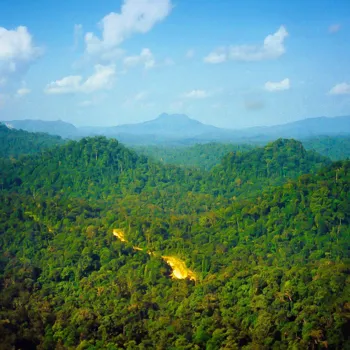
But amidst these challenges, a beacon of hope shines brightly – technology. Innovative solutions are emerging, offering promising pathways to conservation and a more sustainable future for India.
Cutting-edge satellite tech revolutionizes environmental monitoring, aiding conservation efforts
Gone are the days when environmental monitoring relied solely on ground-based observations. Today, cutting-edge technologies provide us with a bird's-eye view of our planet, enabling us to understand environmental changes with unprecedented accuracy.
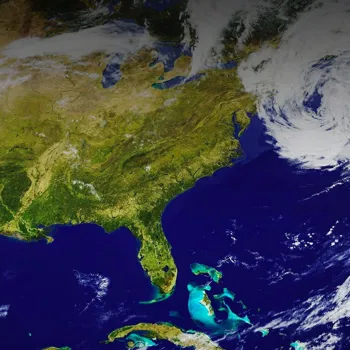
Satellite imagery, for instance, is a game-changer. It allows scientists to track deforestation in real-time, monitor the spread of pollution, and assess the impact of climate change on glaciers and coastal regions.
This data is invaluable for policymakers and conservationists, empowering them to make informed decisions and implement targeted interventions.
Imagine being able to pinpoint the exact location of illegal logging activities, or to predict the likelihood of forest fires based on weather patterns and vegetation density. This is the power of satellite technology in environmental conservation.
Smartphones aid citizen scientists in environmental conservation
Moreover, smartphones and mobile apps are becoming increasingly important tools for citizen scientists and environmental activists. These technologies enable people to collect and share data on local environmental issues, such as air and water quality, wildlife sightings, and pollution levels.

This crowdsourced information can then be used to create detailed maps of environmental problems, identify pollution hotspots, and track the effectiveness of conservation efforts. Furthermore, mobile apps can be used to educate people about environmental issues and promote sustainable practices.
We can harness the power of everyday technology to empower citizens to become active participants in environmental conservation.
Transitioning to clean energy sources for a sustainable future
Transitioning to clean and renewable energy sources is essential for mitigating climate change and ensuring a sustainable future.
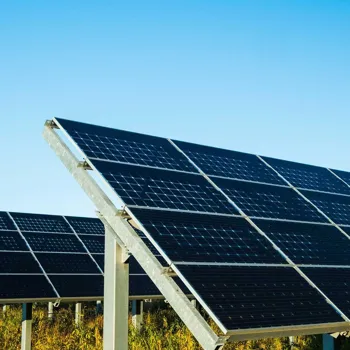
Technology plays a crucial role in this transition, with advancements in solar, wind, and hydropower technologies making these energy sources more efficient and affordable.
In India, solar power is rapidly emerging as a viable alternative to fossil fuels, with large-scale solar farms being built across the country. These solar farms are generating clean electricity, reducing our reliance on coal-fired power plants, and creating new economic opportunities.
Technology drives innovation in clean energy and sustainable transportation
Furthermore, technology is driving innovation in other areas of clean energy, such as energy storage and smart grids. Advanced battery technologies are enabling us to store solar and wind energy, making these sources more reliable and dispatchable.
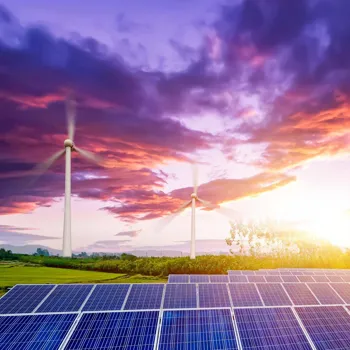
Smart grids are using sophisticated sensors and data analytics to optimize energy distribution, reduce energy waste, and improve the overall efficiency of the power system.
Moreover, technology is also facilitating the development of sustainable transportation solutions, such as electric vehicles and hybrid buses. These technologies are helping to reduce air pollution in urban areas and lower our carbon footprint.
Precision agriculture tech optimizes resource use in Indian farming
Agriculture is a vital sector in India, but it also contributes significantly to environmental degradation through excessive water use, soil erosion, and the application of fertilizers and pesticides.
Precision agriculture technologies are helping farmers to optimize resource use, reduce environmental impacts, and increase crop yields. These technologies use sensors, drones, and data analytics to monitor soil conditions, crop health, and weather patterns.
This information is then used to make informed decisions about irrigation, fertilization, and pest control, ensuring that resources are used efficiently and effectively.
Precision agriculture tech benefits farmers and environment
For example, drip irrigation systems deliver water directly to the roots of plants, reducing water waste and increasing crop yields. Soil sensors provide real-time data on soil moisture levels, allowing farmers to irrigate only when necessary.
Drones are being used to monitor crop health and identify areas that need attention. By adopting precision agriculture technologies, farmers can reduce their environmental footprint, increase their profitability, and contribute to a more sustainable food system.
Moreover, technology can also be used to improve water resource management at the national and regional levels.
Innovative waste management tech transforms waste into resources in India
The growing volume of waste is a serious environmental problem in India, with landfills overflowing and pollution levels rising. Technology is offering innovative solutions for waste management and recycling, helping to transform waste into valuable resources.
Advanced waste sorting technologies are using robotics and artificial intelligence to separate different types of waste, such as plastics, paper, and metals, making it easier to recycle them.
Incineration technologies are being used to convert waste into energy, reducing the amount of waste that is sent to landfills.
Tech innovations recycle plastic waste, track disposal for circular economy
Moreover, technologies are also being developed to recycle plastic waste into new products, such as building materials and textiles. These technologies are helping to reduce plastic pollution, conserve resources, and create new economic opportunities.
Furthermore, technology can also be used to track and monitor waste streams, ensuring that waste is properly disposed of and recycled. By embracing technology, we can transform our approach to waste management, creating a more circular economy where waste is seen as a valuable resource.
Technology aids wildlife protection in India against poaching
India is home to a remarkable array of wildlife and forests, a treasure that faces threats from poaching and habitat loss. Technology is proving to be a powerful ally in safeguarding these precious resources.
Drones equipped with infrared cameras help monitor wildlife movements, detect poachers, and track illegal activities within protected areas. Acoustic sensors can identify the sounds of chainsaws, gunshots, or animal distress, alerting authorities to potential threats in real-time.
Data analytics aids wildlife conservation efforts in India
Moreover, data analytics tools help conservationists understand animal behavior, migration patterns, and habitat use, allowing them to develop more effective conservation strategies.
Camera traps automatically capture images and videos of animals, providing valuable information on their distribution and population sizes. These technologies, combined with the commitment of dedicated conservationists, offer a brighter future for India's wildlife and their habitats.
Tech aids conservation but faces cost hurdles & unequal access
While technology offers tremendous potential for environmental conservation, it is important to acknowledge the challenges that remain. The cost of some technologies can be prohibitive, especially for small farmers and local communities.
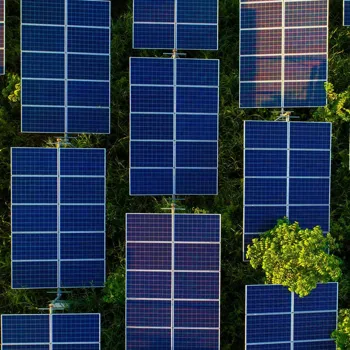
Furthermore, access to internet connectivity and technical expertise is not uniform across the country, which can limit the adoption of technology-based solutions.
Collaboration needed for tech to drive sustainable future
Addressing these challenges requires a multi-pronged approach. Governments, businesses, and civil society organizations need to work together to provide access to affordable technologies, invest in training and capacity building, and ensure that environmental policies are inclusive and equitable.
Furthermore, it is important to promote public awareness about the benefits of technology for environmental conservation and to encourage citizen participation in environmental monitoring and protection.
By overcoming these challenges, we can harness the full potential of technology to create a more sustainable and equitable future for all.
Technology empowers environmental conservation in India
In conclusion, technology offers a new hope for environmental conservation in India. From monitoring deforestation and pollution to promoting clean energy and sustainable agriculture, technology is empowering us to address some of the most pressing environmental challenges facing our nation.
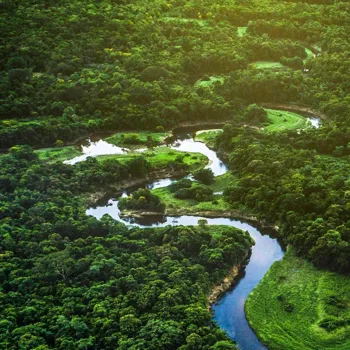
By embracing innovation, fostering collaboration, and ensuring equitable access, we can create a future where technology and nature work together to build a more sustainable and prosperous India.
